Lumps After Liposuction: Normal Healing or a Sign of Trouble?
Body Plastic Surgery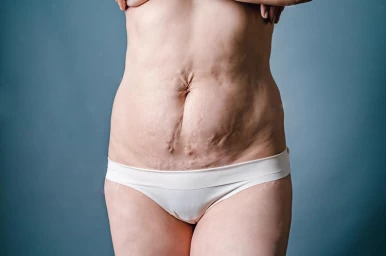
Liposuction has been one of the world's most popular body contouring procedures for the last decade. In this operation, local fat deposits, which are resistant to diet and exercise, are removed from the body to make it look slimmer and fitter.
Despite its numerous benefits, lipo surgery has some inevitable complications that may affect its result. In this article, we discuss one of the common liposuction side effects that almost all patients deal with, i.e., lumps and bumps. Continue reading for information on how to treat fibrosis after lipo and smooth up the stomach.
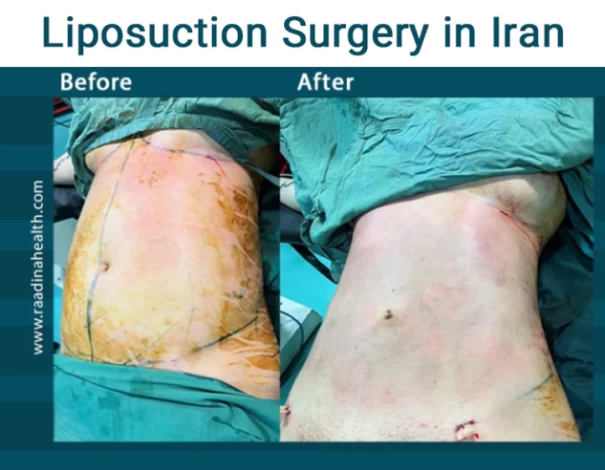
What to Expect After Liposuction Surgery?
During the liposuction surgery, the fat walls are first melted by ultrasound, radiofrequency, or laser energy. Then, a suctioning device removes the fat cells from the body. Depending on the technique of lipo surgery, you may experience mild to severe pain, swelling, bruising, redness, skin discoloration, scarring, and lumpy stomach after lipo. The first weeks after liposuction are essential for proper recovery and obtaining desirable results. If you follow your surgeon's instructions carefully, you will have a comfortable recovery period and fewer complications.
Why Do I Have Lumps and Bumps After Liposuction?
In liposuction surgery, the surgeon uses a suctioning device -called a cannula- to drain the melted fat cells. In the shape of a narrow tube, the cannula creates tunnels under your skin when it goes back and forth. These hollow spaces are filled with bodily fluid or blood, forming lumps and bumps under the skin. If the tunnels are filled with clear fluid, the body will absorb the fluid within 4 to 8 months, and the stomach gets smooth and flat. In the meantime, wearing the compression garment the surgeon gives you after the surgery can reduce hard spots after lipo and help your skin settle more quickly to its underneath muscle.
However, if the hollow tunnels are filled with blood (hematoma), it takes longer for the body to eliminate excess blood accumulating in them. Most patients with localized hematoma have announced that they had a smooth belly almost 12 to 14 months after the operation. In rare cases, some residual fat may remain in the operated area and form small lumps, giving a sense of hardness after lipo. Mostly, these fat pockets settle down on their own, but in some cases, the patient should undergo a second operation to resolve this problem.
How to Smooth Out Stomach After Liposuction?
Lumps and bumps are unavoidable side effects of liposuction, but you can speed up the healing process and have a smooth stomach soon after the procedure by using the following treatments:
- Wearing compression garment
- Manual lymphatic drainage massage
- Laser therapy
- Ultrasound and radiofrequency therapies
- Surgery and needle aspiration
- Maintaining a healthy diet
- Engage in light physical activities
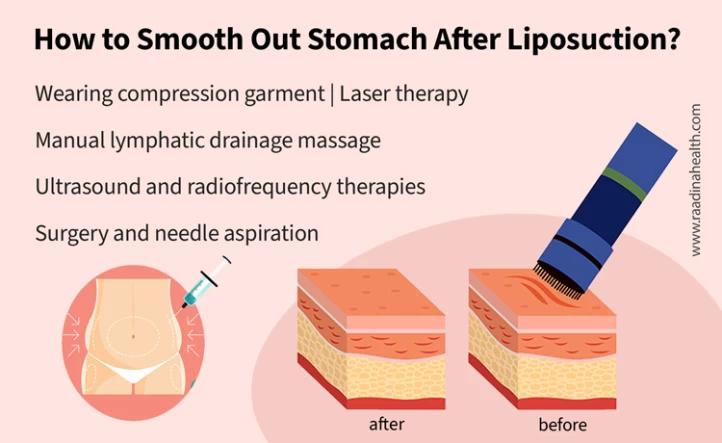
Wearing compression garment
Perhaps the most practical way of removing lipo lumps after the surgery is wearing the compression garment provided by your doctor. This garment helps the body prevent fluid build-up, minimizes the lumps and bumps, helps the skin conform to the new contour, and removes the swelling. You must wear the compression garment 24/7 for two weeks after the surgery and are only allowed to take it off when showering. You can only wear it at night from the third week onwards to reduce the swelling after liposuction.
Manual lymphatic drainage massage
The gentlest treatment for lumps after lipo is manual lymphatic drainage (MLD). This specialized massage technique helps the fluid flow through the tunnels and is processed by the lymphatic system. Massaging the lumps after liposuction also releases the trapped blood cells and reduces the bruising and swelling to a great extent.
Usually, the patients need four to six sessions of professional MLD, but you can also do it at home during the first four weeks following the surgery. If you have signs of infection or the operated site cannot tolerate excess pressure, manual lymphatic drainage may have countereffects and adversely impact your new contour.
Laser therapy
Laser skin tightening is another effective treatment for getting rid of lumps after lipo surgery. During this procedure, laser light is emitted on the skin to stimulate collagen production and tighten the skin. The tighter your skin, the sooner it adjusts to your new body contour.
Ultrasound and radiofrequency therapies
Ultrasonic therapies are mainly used when small fat pockets remain under the skin. The ultrasound or radio waves heat the fat cells, relax the tissues, help blood circulation, and smooth the stomach.
Surgery and needle aspiration
If fat cysts (fat necrosis) develop under the skin after lipo surgery, the surgeon has to remove them through a minimally invasive surgery or needle aspiration operation. MRI, ultrasound examination, and X-ray can detect fat necrosis. In needle aspiration, a narrow needle is inserted into the fat cyst to extract its fat cells. In the surgical treatment, the surgeon makes small incisions on the exact location of the bumps and removes the hard spot. Fortunately, fat necrosis is a rare complication of liposuction, and it is unlikely to occur if you choose a nifty and experienced surgeon.

Maintaining a healthy diet
One of the most efficient ways to eliminate lumps after lipo is having a healthy post-op diet containing plenty of fluids, fresh fruits and vegetables, lean proteins, vitamins and minerals, and whole grains. Also, you must avoid alcoholic beverages, processed foods, salty or sugary dishes, and saturated fats to reduce the hard spots in the shortest time possible after lipo surgery.
Engage in light physical activities
Doing light exercises can increase the blood flow to the healing tissues and reduce the lumps after lipo to a great extent. Walking normally for 30 minutes daily is a great way to eliminate hard spots and post-procedure swelling.
How soon after liposuction will the lumps disappear?
The time it takes for post-liposuction lumps to disappear varies from person to person. The lumps typically take several weeks to a few months (about three to six months) to completely disappear. To promote appropriate healing and address any issues, it's crucial to adhere to your surgeon's post-operative instructions and show up to any scheduled follow-up appointments.
Liposuction Fibrosis: Causes and Treatments
The development of fibrosis is a normal complication of each surgery or skin cut. When an incision is made on the skin, the body produces Fibroblast (an adhesive fiber) and collagen to connect the separated tissues and prevent bleeding. If the amount of fiber the body generates exceeds the normal level, it causes fibrosis.
Following liposuction surgery, fibrosis may develop around the incision site, making hard, painful lipo lumps. The leading causes of fibrosis formation are collagen accumulation around the scar tissue, smoking before and after the surgery, malnutrition, impaired blood flow to the healing tissues, and poor skin quality.
The best treatments for liposuction fibrosis are Manual Lymphatic Drainage Massage, taking supplements containing vitamins A and C, ultrasound therapy, and wearing compression garments. Remember that some fibrosis takes months or even years to disappear, so you must be patient and prepare for a novel treatment.
Liposuction Recovery
The average recovery time after liposuction is six to eight months. Although most of the bruising and pain will be subsided within two to four weeks after the operation, the swelling may persist for up to 12 months. During the liposuction recovery period, consider the following tips:
- Avoid strenuous activities and sports such as riding a bicycle, swimming, running, climbing the stairs at a fast pace, etc.;
- Get plenty of rest and avoid stress;
- Maintain a healthy diet rich in lean protein, fiber, minerals, and vitamins;
- Stay hydrated to increase your metabolism;
- Take your pain medications and antibiotics as you have been instructed;
- Avoid bed rest. It would be best if you took a short walk around the house every day to prevent blood clots;
- Be aware of the infection symptoms such as high fever, smelly and green pus coming out of the wound, and severe nausea;
- Wear loose and comfortable clothes;
- Avoid sexual intercourse for two weeks;
- Avoid smoking and drinking alcohol;
- Do not lift, push, or pull objects heavier than five pounds;
- Do not use hot tubs and saunas until your wounds are healed completely.
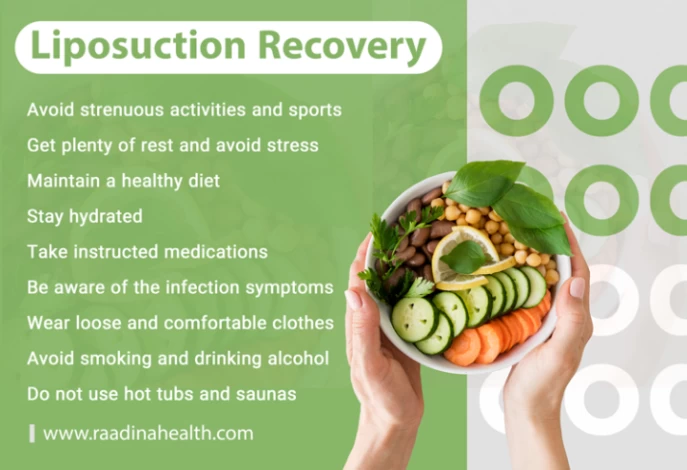
Lipo Swelling Recovery Timeline
- Immediately after surgery: Swelling will be present and may be significant. The treated areas will appear larger and feel firm to the touch.
- 1-2 weeks post-surgery: Swelling will start to subside, but some residual swelling may still be present. Bruising may also begin to fade during this time.
- 2-4 weeks post-surgery: Swelling continues to decrease, and the treated areas will start to take on a more natural appearance. However, some mild swelling may persist.
- 1-3 months post-surgery: Most of the swelling should have resolved by this time, and the final results of the liposuction procedure will become more apparent. However, it's important to note that individual healing times can vary.
- Six months post-surgery: The majority of swelling should have subsided by this point, and the final results of the liposuction procedure should be obvious.
Iran: A Safe Place to Get Liposuction
As mentioned above, removing lumps and bumps following liposuction surgery requires lots of time, money, and energy. So, the best way to avoid such skin irregularities is to find a qualified surgeon who removes fat tissues gently and gives clear instructions on how to take care of the body to prevent the formation of wavy skin. Luckily, Iran has numerous board-certified plastic surgeons with years of experience performing this cosmetic procedure.
Also, there are over a hundred plastic surgery clinics in different cities of Iran where advanced technologies are used in their laboratories and operating rooms. Therefore, you can get liposuction surgery in the hands of the best surgeons and anesthesiologists in the world at a fair price in this country.
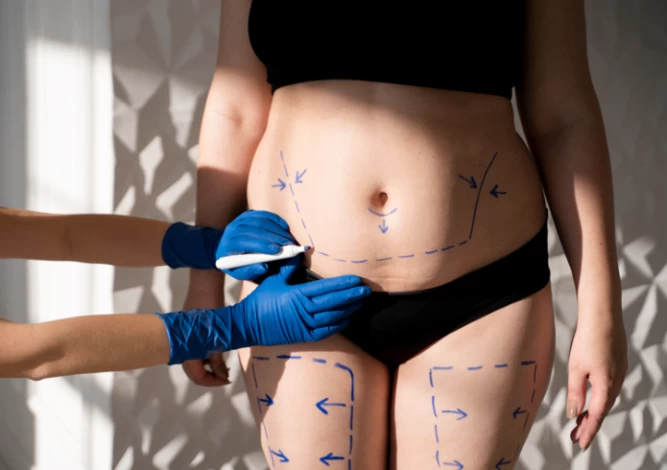
FAQs About How to Get Rid of Lumps and Bumps After Liposuction
Will lumps go away on their own after liposuction?
Yes, the lumps and bumps may be hard and discomforting for the first few months after liposuction surgery, but they go away gradually, and the skin returns to its normal state.
How long does it take for my stomach to smooth after liposuction?
During the first three weeks, your lumps and bumps are more prominent and painful, but by the end of the fourth month, almost 70% of the swelling and bumps have disappeared.
How long should I wear a compression garment after liposuction?
It is generally advised to wear a compression garment for six weeks after the lipo surgery. This garment reduces the swelling, minimizes the lumpy bump, and prevents scarring after the procedure.
How to get rid of fluid pockets after liposuction surgery?
Follow your surgeon's post-operative recommendations, wear compression garments, stay hydrated, maintain a balanced diet, do some mild exercise, stay out of excessive heat or cold, and consider receiving lymphatic massage if you want to get rid of fluid pockets after liposuction. Following these recommendations, eating a balanced diet high in fruits and vegetables and doing some mild exercise can aid in draining extra fluids and promoting normal fluid drainage.
Are hard lumps after lipo normal?
Yes, hard lumps are a common part of the healing process. They usually form from swelling, scar tissue, or trapped fluid and often resolve within weeks to months.
How can I get rid of lumps after liposuction?
The best ways include regular lymphatic massage, wearing compression garments, light walking to improve circulation, and staying hydrated. Persistent lumps may need medical treatments like steroid injections.
Why is my stomach lumpy after lipo?
A lumpy stomach post-lipo often comes from uneven fat removal, swelling, or fibrous scar tissue. In most cases, it smooths out as healing progresses, but sometimes touch-up procedures may be required.
Why does liposuction hurt so bad?
Pain is due to trauma in the tissues and nerves during fat removal. While discomfort peaks in the first week, it typically improves with medication, proper rest, and compression wear.


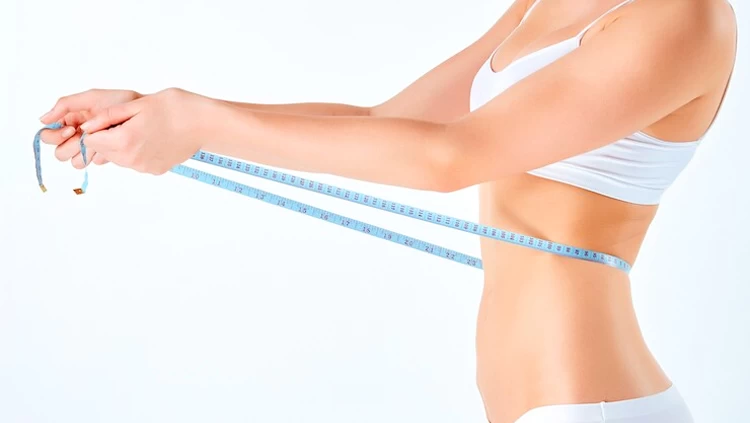
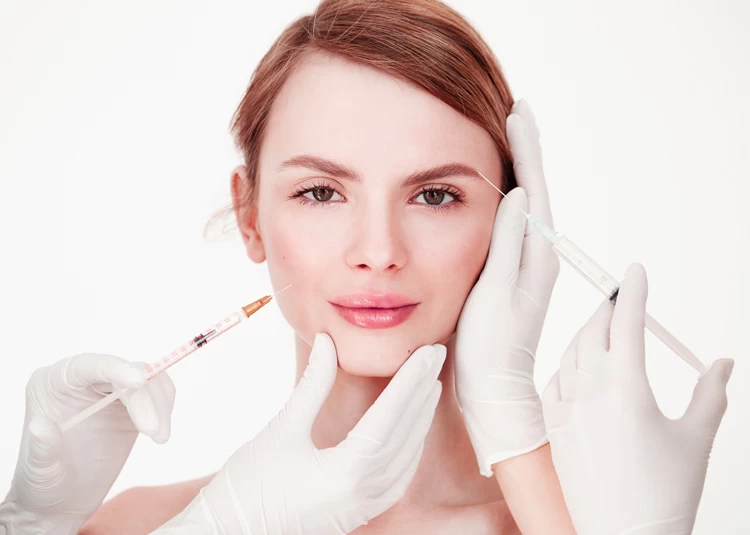
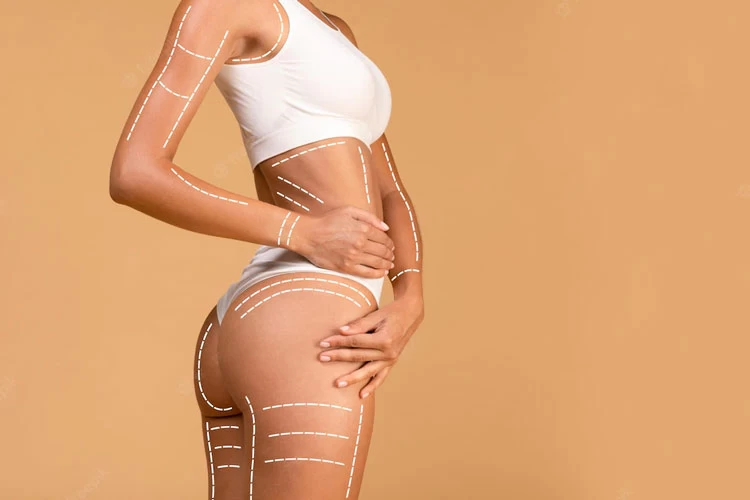


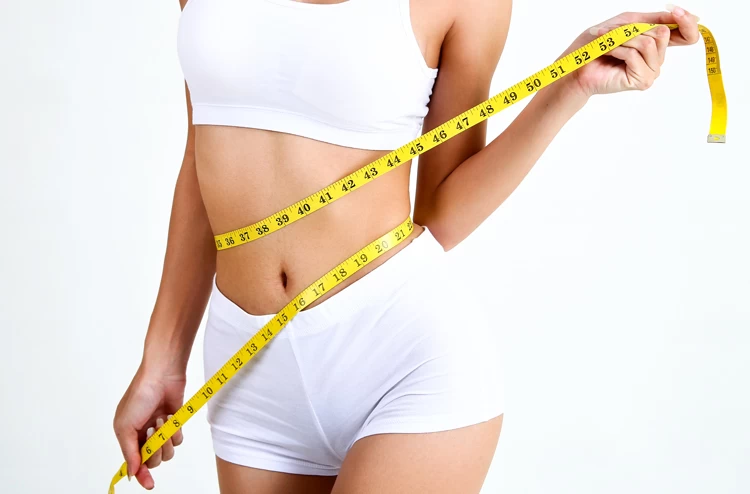

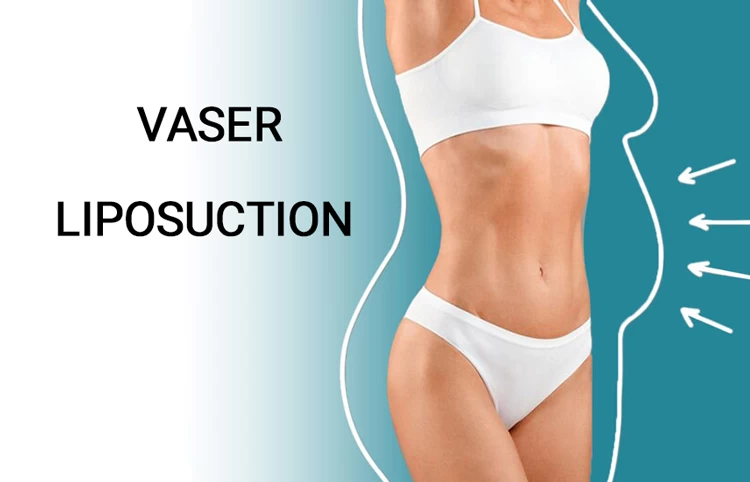

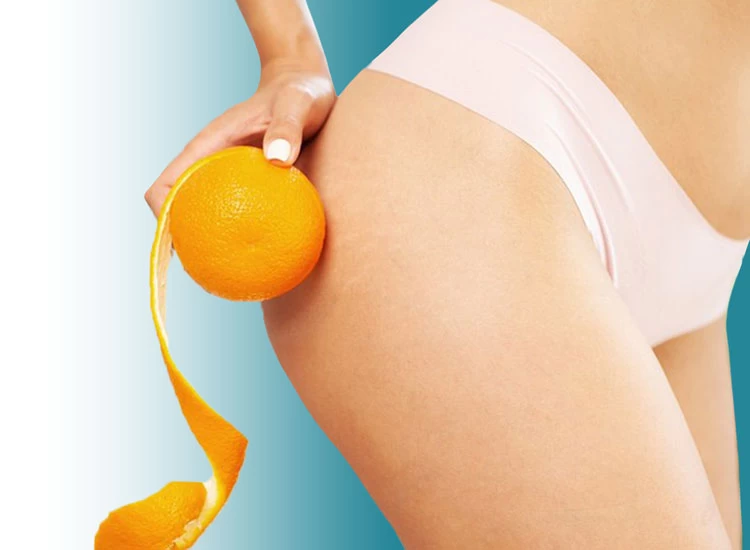
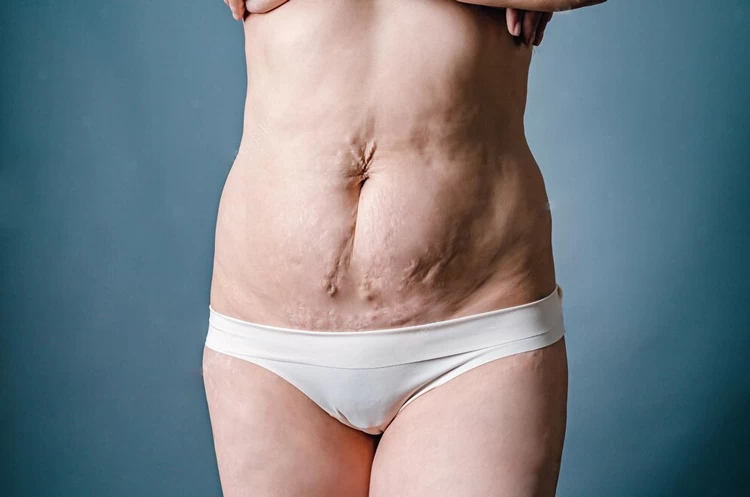
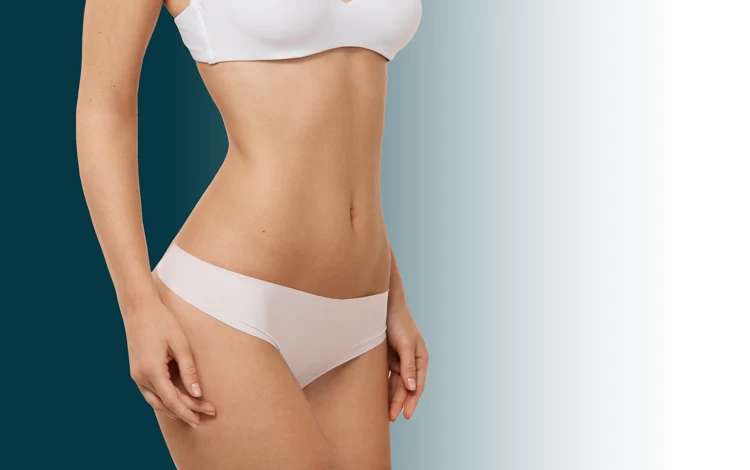
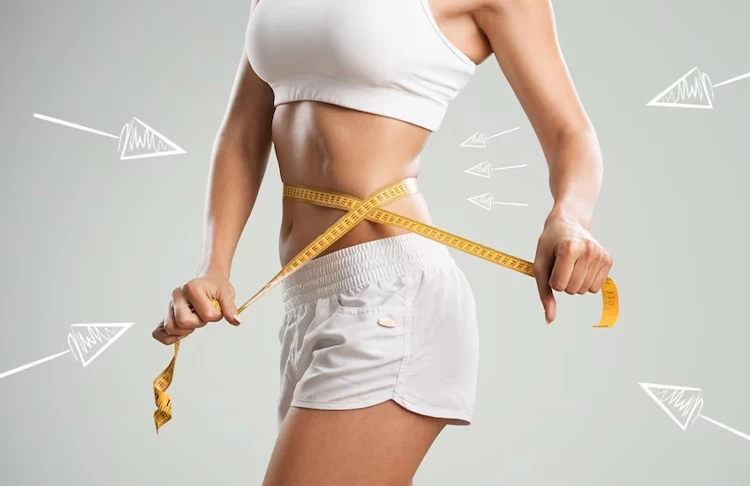
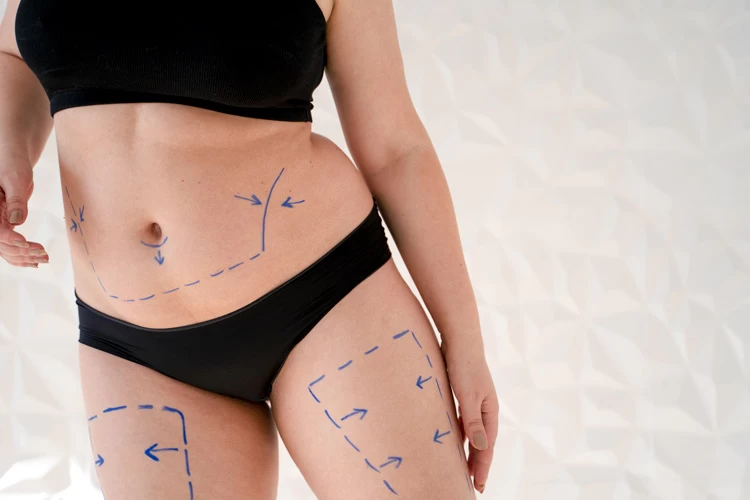
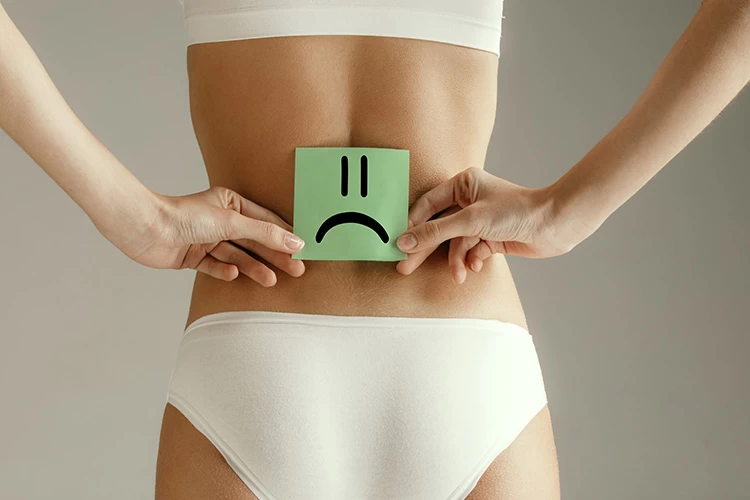

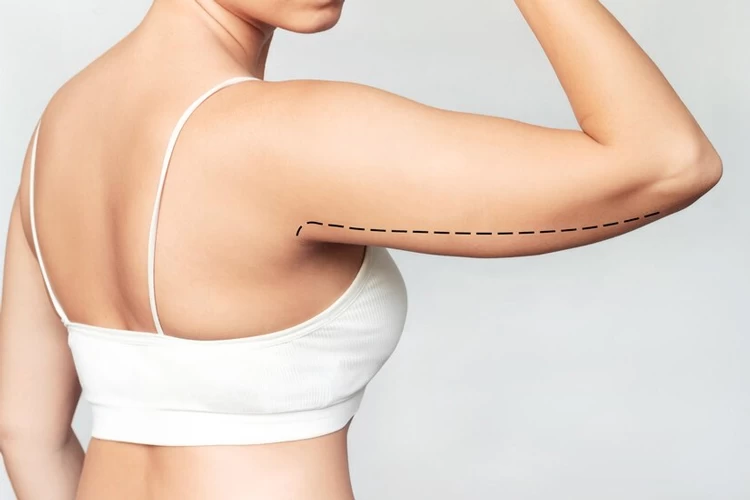
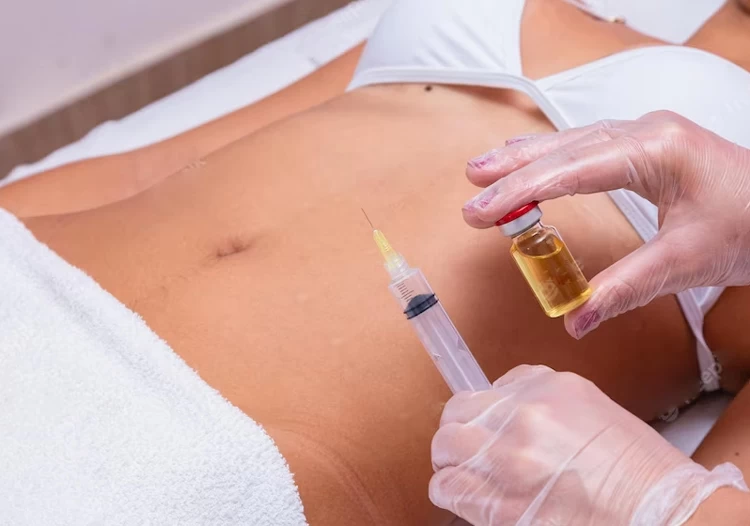
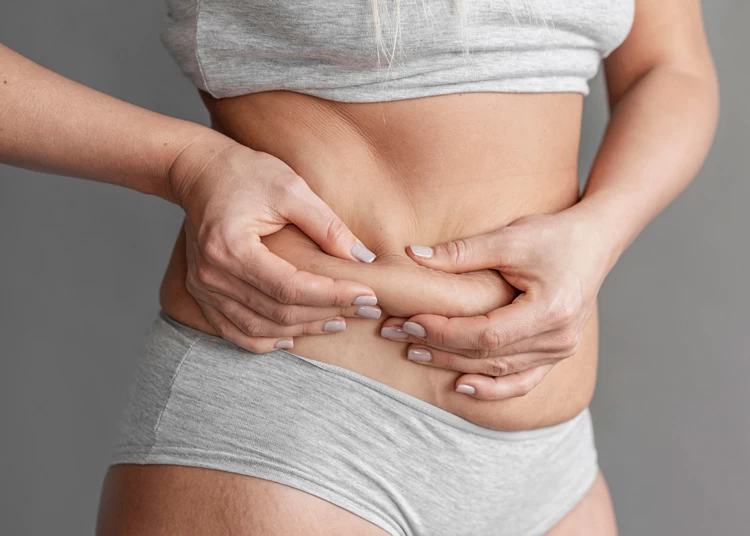
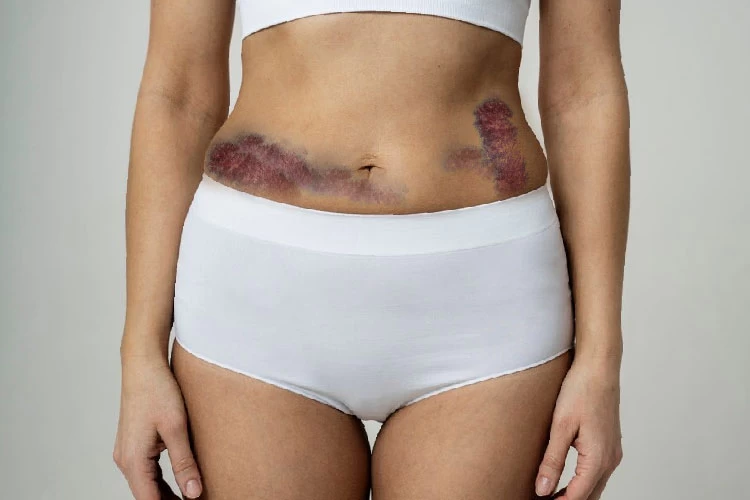
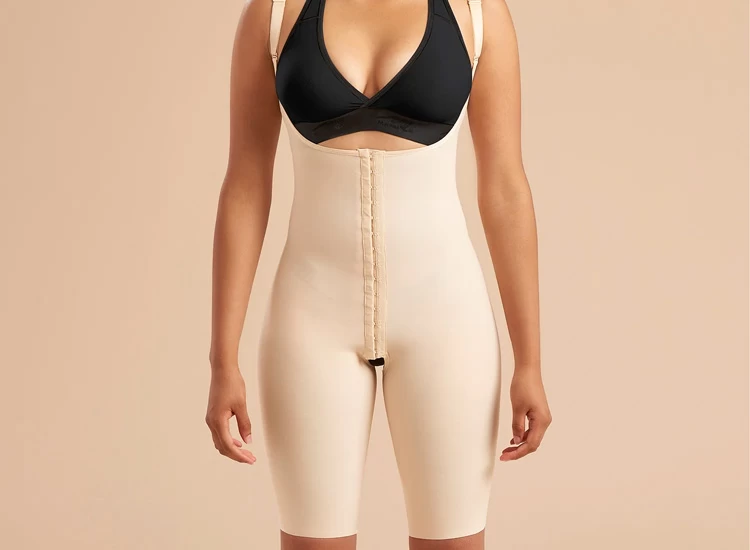
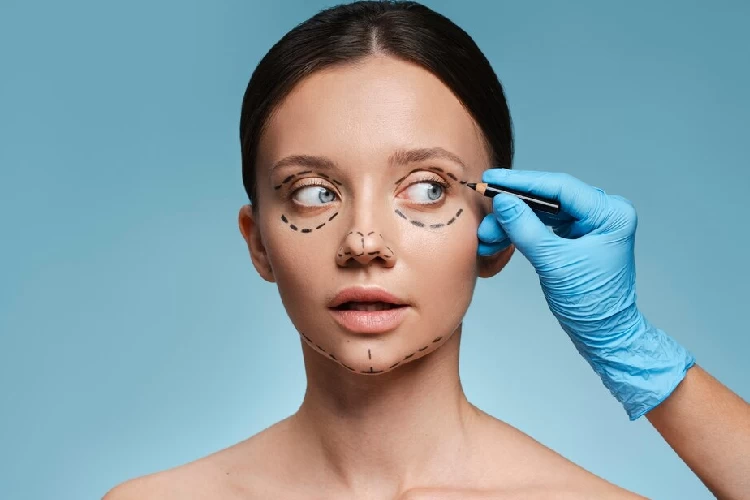
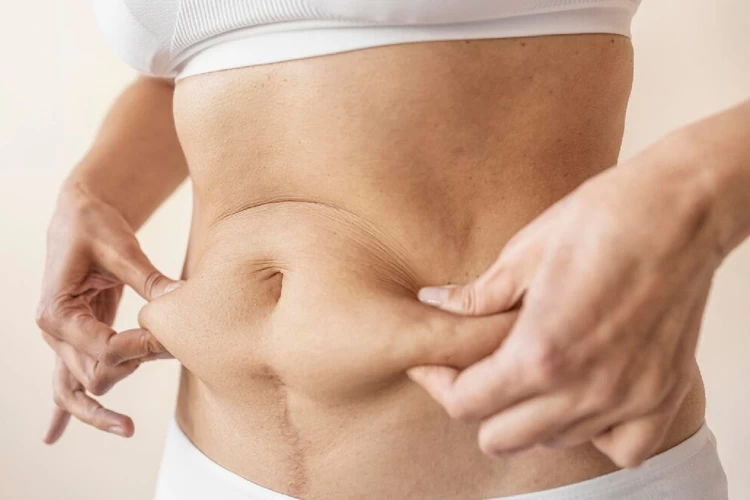
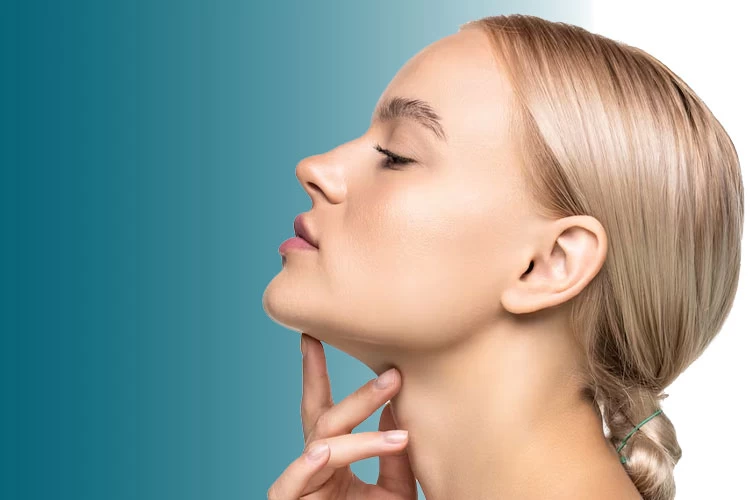
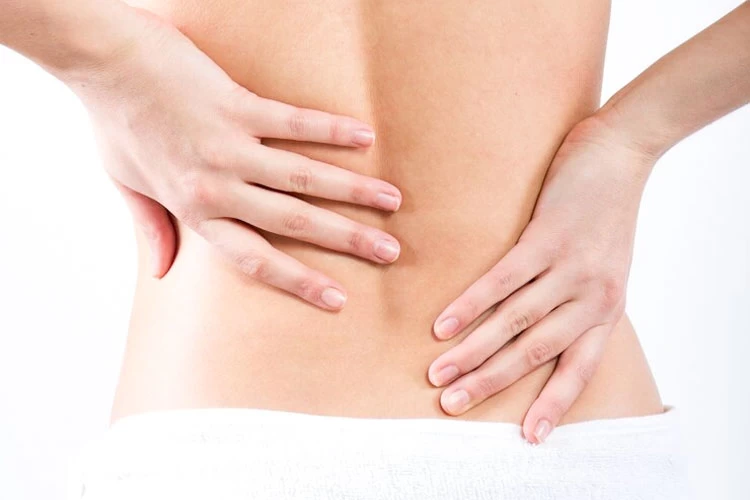
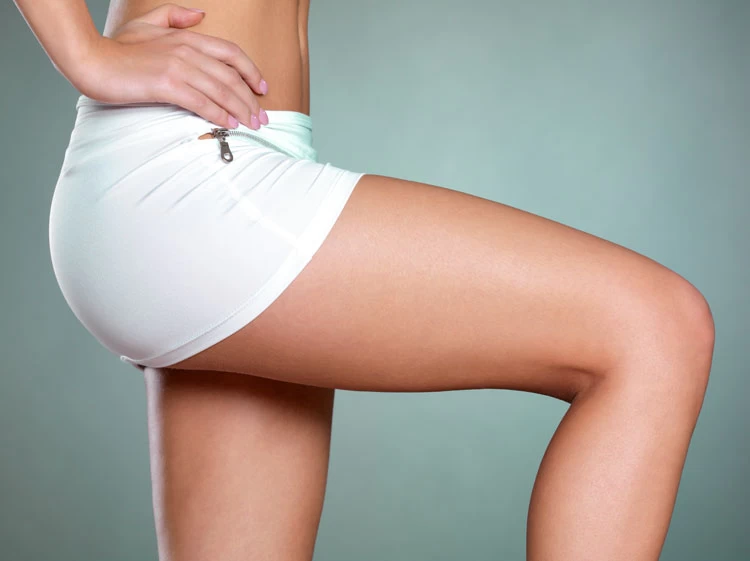
No reviews
Your comment